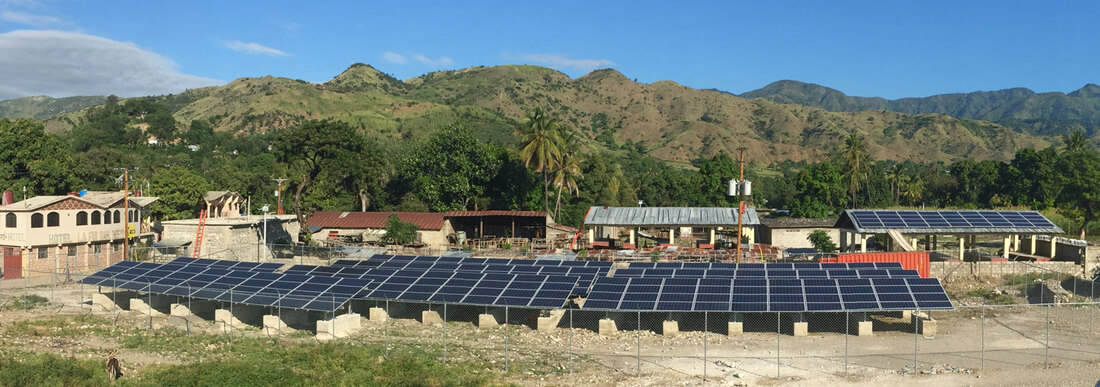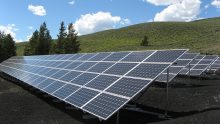
A Fresh Start
The way we interact with energy is fundamentally changing. The core business model of utilities is clashing with global efforts to reduce greenhouse gas emissions, adopt new technologies, and become energy independent. While massive sunk costs and corporate politics stifle innovative business models in the United States, the 1.2 billion people around the globe without access to grid electricity can actually benefit from the fresh starting point.
The cost of solar panels has plummeted, and advances in energy storage is allowing clean energy microgrids to reach people where the conventional grid has failed. Leapfrogging technologies is not new to the developing world, new microgrid customers are using their new service to conveniently charge their cell phones.
It’s safe to say there’s no going back for these markets. These people no longer have a need for landlines or the bulk power system. In fact, the business models being developed to introduce electricity to new markets will challenge all electricity providers who fail to keep up.
Prepaid Microgrid in Haiti
In 2012, EarthSpark International launched a prepaid microgrid in Haiti, where 75% of the population lacks access to electricity. The pioneer customers in Les Anglais had their first experience with reliable electricity for a small fraction of what they previously paid for kerosene, or diesel generators. The microgrid now serves 430 households and businesses who have grown accustomed to 24/7 electricity and reliably pay for the service.
The hybrid microgrid, consisting of solar panels, a battery bank, and a backup generator, is optimized by EarthSpark’s own smart meter technology. The simple, inexpensive smart meters have been spun into a separate company that is now commercializing their ‘SparkMeters‘ for grid operators around the world. The meters enable customers to prepay for electricity and shift load limits at their convenience. The technology facilitates billing and enables more efficient grid operations.
Learn about their Microgrid Smartmeter here:
The Sparkmeter: Microgrid Smartmeter
Unlike traditional utility meters, SparkMeter sends updates to its cloud-based servers every 5-15 minutes. Real time data can be analyzed. Grid operators can remotely view and control all the meters on their network so there is no need to send out staffed members to that location. This cloud based control allows utilities to profitably access underserved markets.
If price trends continue, it’s only a matter of time before renewable microgrids start replacing the least efficient pockets of the bulk power system. In fact, it seems to already be happening in places with high electricity rates like Hawaii by companies like SolarCity who are offering to disconnect customers from the grid with solar + storage solutions.
The End Of A Monopoly
Over the last century, electric utilities have grown accustomed to government-granted monopolies that guarantee their high up-front cost of building the electric grid and delivering electricity would be passed on to customers. If the utility invests 100 million dollars to replace a transformer, the cost is added to the electricity rate. This is known as “rate basing,” and it virtually guaranteed investments would be recovered and the cost would be fairly distributed among customers.
But for the first time, customers have another viable option, and it couldn’t come at a worse time for utilities. The electric grid in the United States is outdated, systemically at risk, and requires billions of dollars just to be kept up.
Every Killowatt that a customers generates or saves with modern technology, the utility will have to raise their rates. Electric utilities make less money when their customers install solar panels, insulate their attics, or buy efficient appliances.
The developed world needs business models that reflect the reality of modern technology and climate issues. We need reliable, clean electricity with business models that fairly distribute the costs. These models are being developed, tested, and optimized in the developing world.







